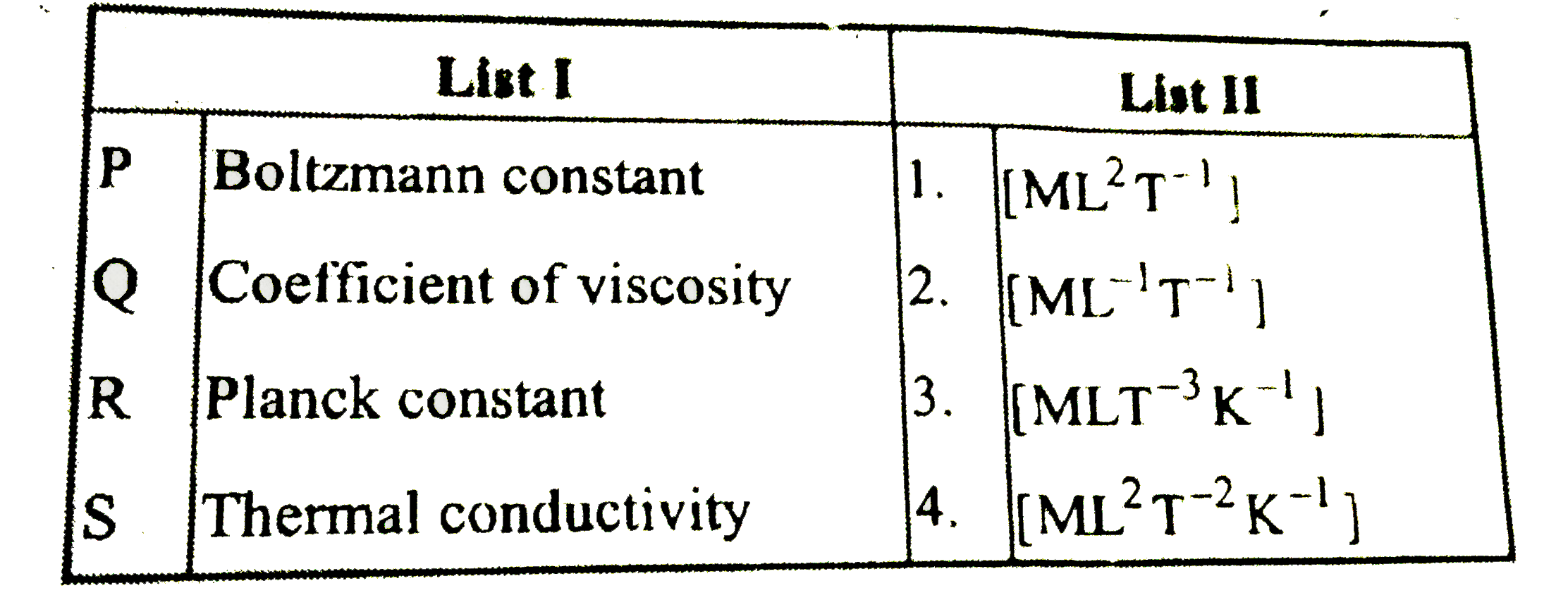If two waves represented by y1=4sinωt and y2=3sin(ωt+π3) interfere at a point find out the amplitude of the resulting waveSolution in Gujrati
Resultant amplitude A=√a21+a22+2a1a2cosϕ−√(4)2+(3)2+2.(4)(3)cos(π3)⇒A≅6
Topper's Solved these Questions
Similar Questions
State two conditions to obtain sustained interference of light. In young's double slit experiment, using light of wavelength 400 nm, interference fringes of width X are obtained. The wavelength of light is increased to 600 nm and the separation between the slits is halved. if one wants the observed fringe width on the screen to be the same in the two cases, find the ratio of the distance between the screen and the plane of the slits in the two arrangements.
View SolutionYoung's double slit experiment is carried out using microwaves of
wavelength λ=3cm. Distance between the slits is d=5cm and the distance
between the plane of slits and the screen is D=100cm.
(a) Find total number of maxima and
(b) their positions on the screen.
View SolutionMatch List I with List II and select the correct answer using the codes given below the lists :

View SolutionIf two waves represented by y_1=4sin omega t and y_2=3sin (omegat+pi/3) interfere at a point, the amplitude of the resulting wave will be about
View SolutionIf two waves represented by y1=4sinωt and y2=3sin(ωt+π3) interfere at a point find out the amplitude of the resulting wave
View SolutionThe resultant amplitude of a vibrating particle by the superposition of the two waves y_(1)=asin[omegat+(pi)/(3)] and y_(2)=asinomegat is
View SolutionIf two waves represented by y_(1)=4 sin omega t and y_(2)=3sin (omega t+(pi)/(3)) interfere at a point, the amplitude of the resulting wave will be about
View Solutionit the two waves represented dy y_(1)=4cos omegat and y_(2)=3 cos(omegat+pi//3) interfere at a point, then the amplitude of the resulting wave will be about
View Solutionयदि y = 4sinωt और y2=3sin(ωt+π3) व्दारा निरुपित दो तरंगे एक बिंदु पर व्यतिकरण करती हैं ।परिणामी तरंग का आयाम होगा लगभग -
View SolutionIf two waves represented by y1 =4 sin ωt and y2=3sin(ω+π3) interfere at a point the amplitude of the resulting wave will about
View SolutionThe displacement of two interfering light waves are given by y1=3sinωt,y2=4sin(ωt+π/2). The amplitude of the resultant wave is
View Solutiony_(1)=Asin(omegat-kx)&y_(2)=Asin(omegat-kx+delta) : these two equations are representing two waves. Then the amplitude of the resulting wave is
View SolutionIf two waves represented by y_(1)=4sinomegat and y_(2)=3sin(omegat+(pi)/(3)) interfere at a point find out the amplitude of the resulting wave
View SolutionIf the two waves represented dy y_(1)=4cos omegat and y_(2)=3 cos(omegat+pi//3) interfere at a point, then the amplitude of the resulting wave will be about
View SolutionIf two waves represented by y1=4sinωt and y2=3sin(ωt+π3)interfere at a point, the amplitude of the resulting wave will be about
View Solution
